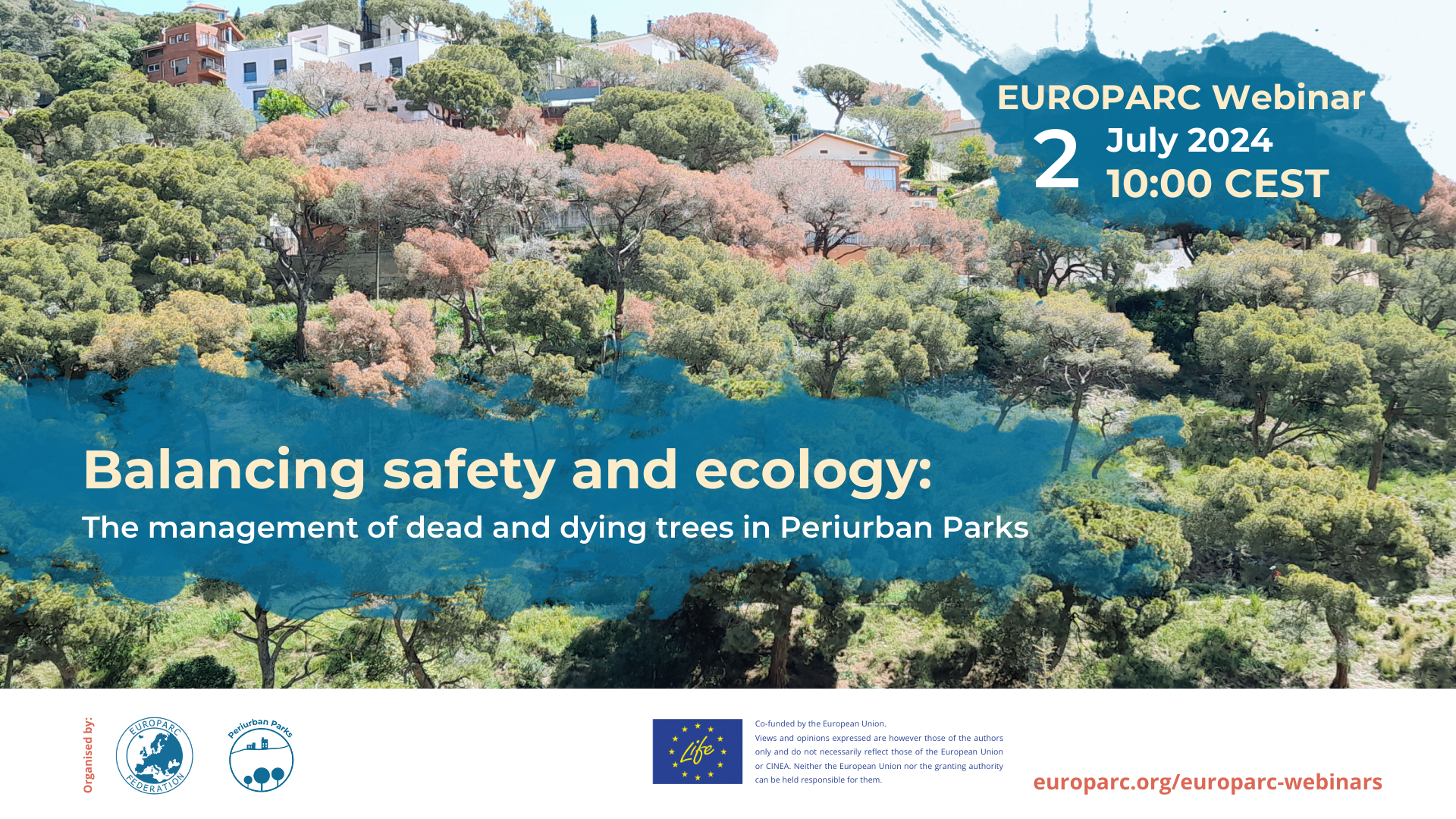Andrej Verlič
Andrej works as a senior nature conservation councillor at the Landscape park Tivoli, Rožnik and Šiška hill in Ljubljana, Slovenia. Prior to this, he worked as a research assistant at the Slovenian Forestry Institute, and mostly focused on topics related to urban forestry and recreation in forests in and around urban areas. He holds a PhD in environment protection and is a member of the European Forum on Urban Forestry and an associated external member of the EUROPARC Periurban Commission.
Andrej works as a senior nature conservation councillor at the Landscape park Tivoli, Rožnik and Šiška hill in Ljubljana, Slovenia. Prior to this, he worked as a research assistant at the Slovenian Forestry Institute, and mostly focused on topics related to urban forestry and recreation in forests in and around urban areas. He holds a PhD in environment protection and is a member of the European Forum on Urban Forestry and an associated external member of the EUROPARC Periurban Commission.
Pablo Navascués Ramos
Pablo is a Forest engineer. He graduated in Forest Sciences at the University of Freiburg, Germany. He has over 25 years of experience in forest management in Protected Areas, restoration and renaturalization plans, forest fire prevention, planification and silviculture, support and promotion of associative management of both private and public forested lands, as well as management of wildland–urban interface areas.
Pablo is a Forest engineer. He graduated in Forest Sciences at the University of Freiburg, Germany. He has over 25 years of experience in forest management in Protected Areas, restoration and renaturalization plans, forest fire prevention, planification and silviculture, support and promotion of associative management of both private and public forested lands, as well as management of wildland–urban interface areas.

